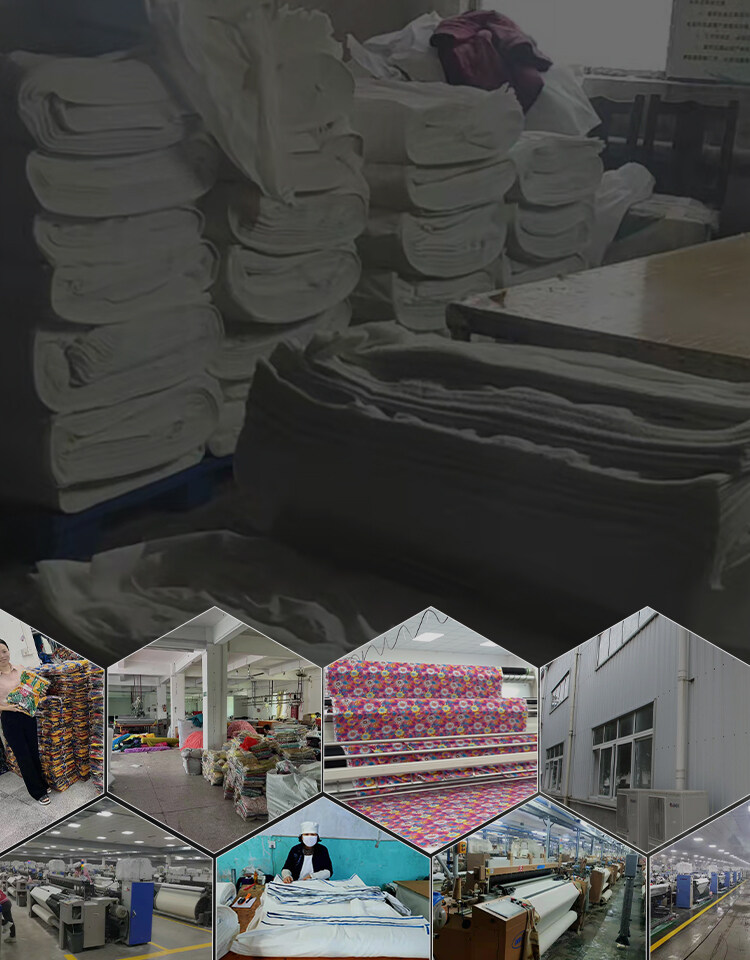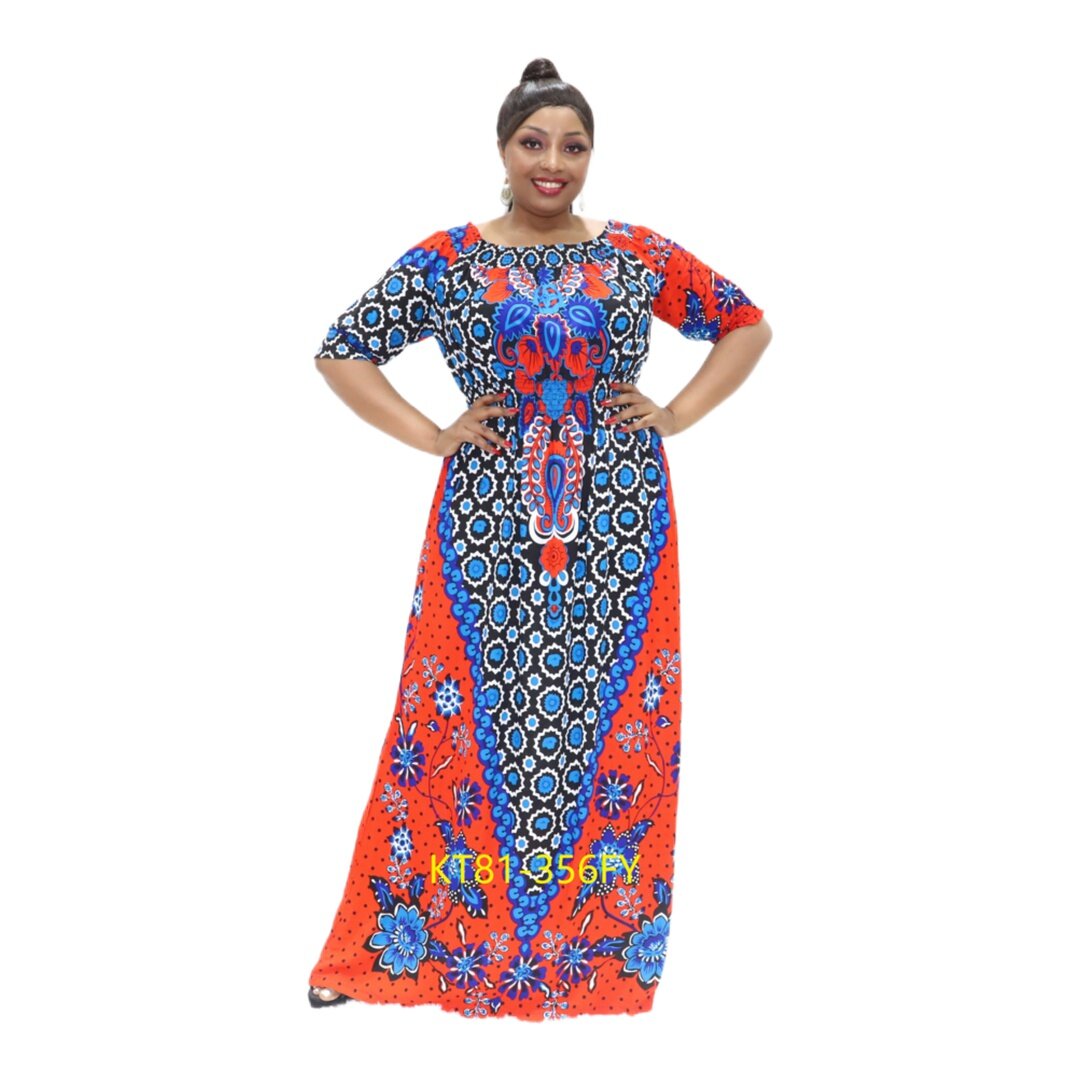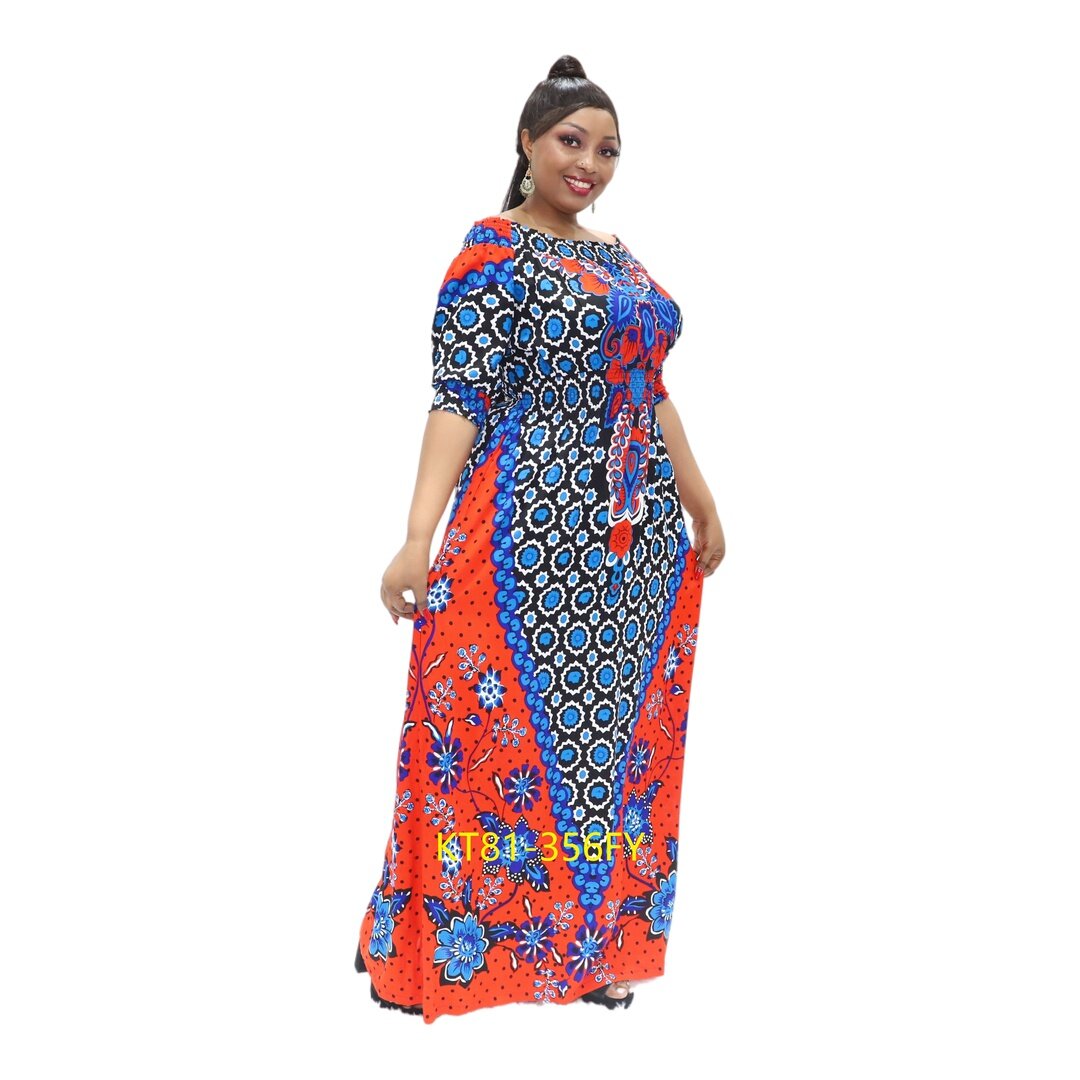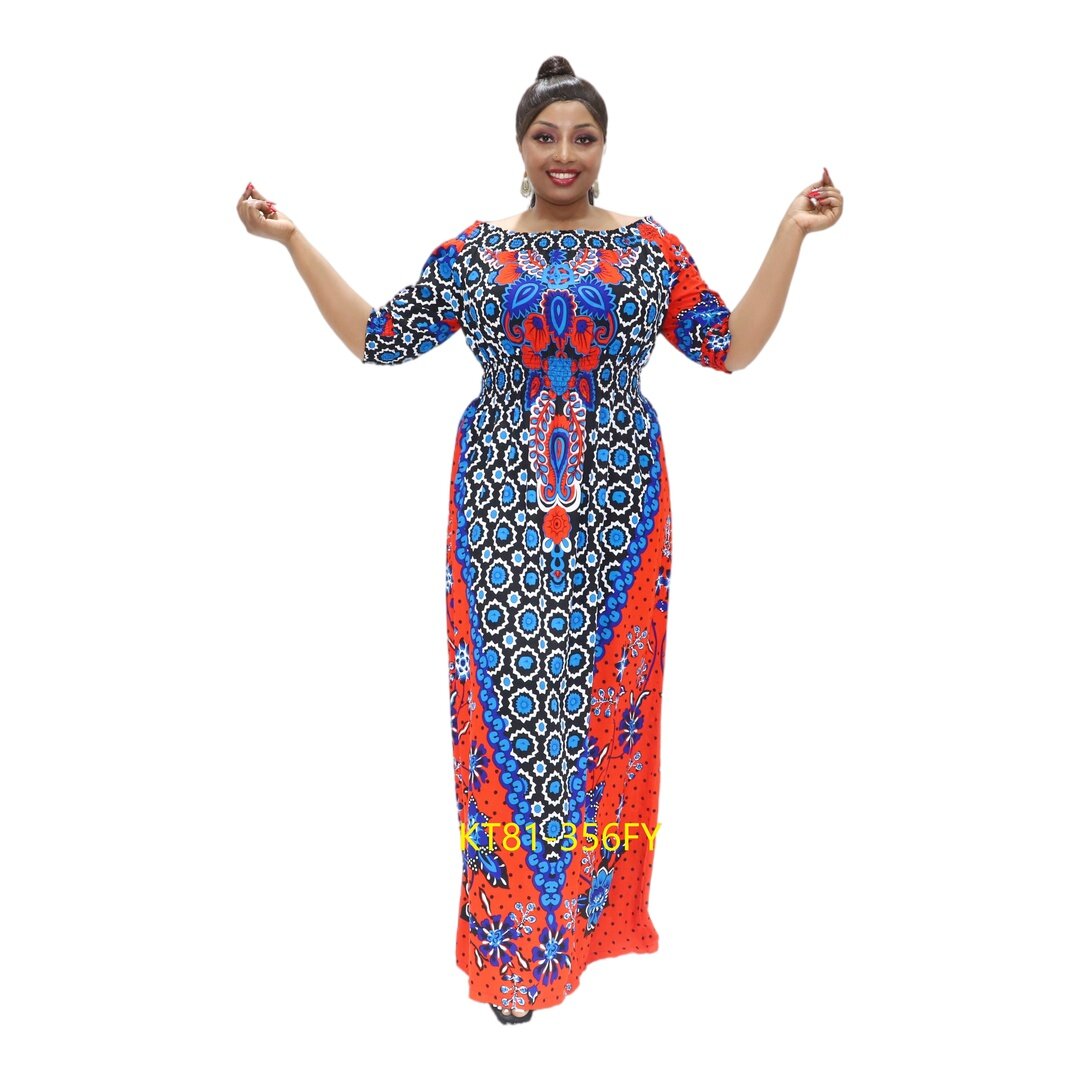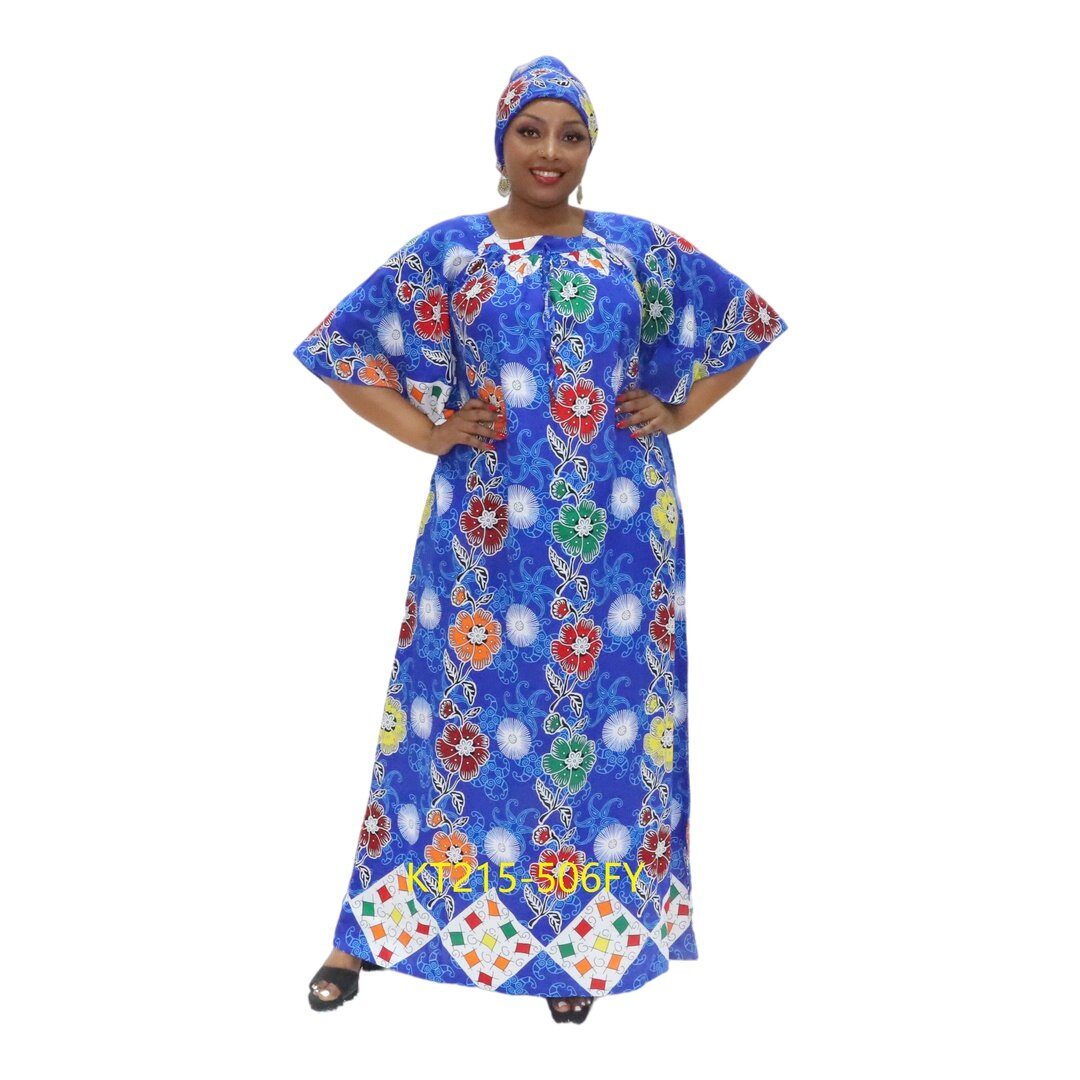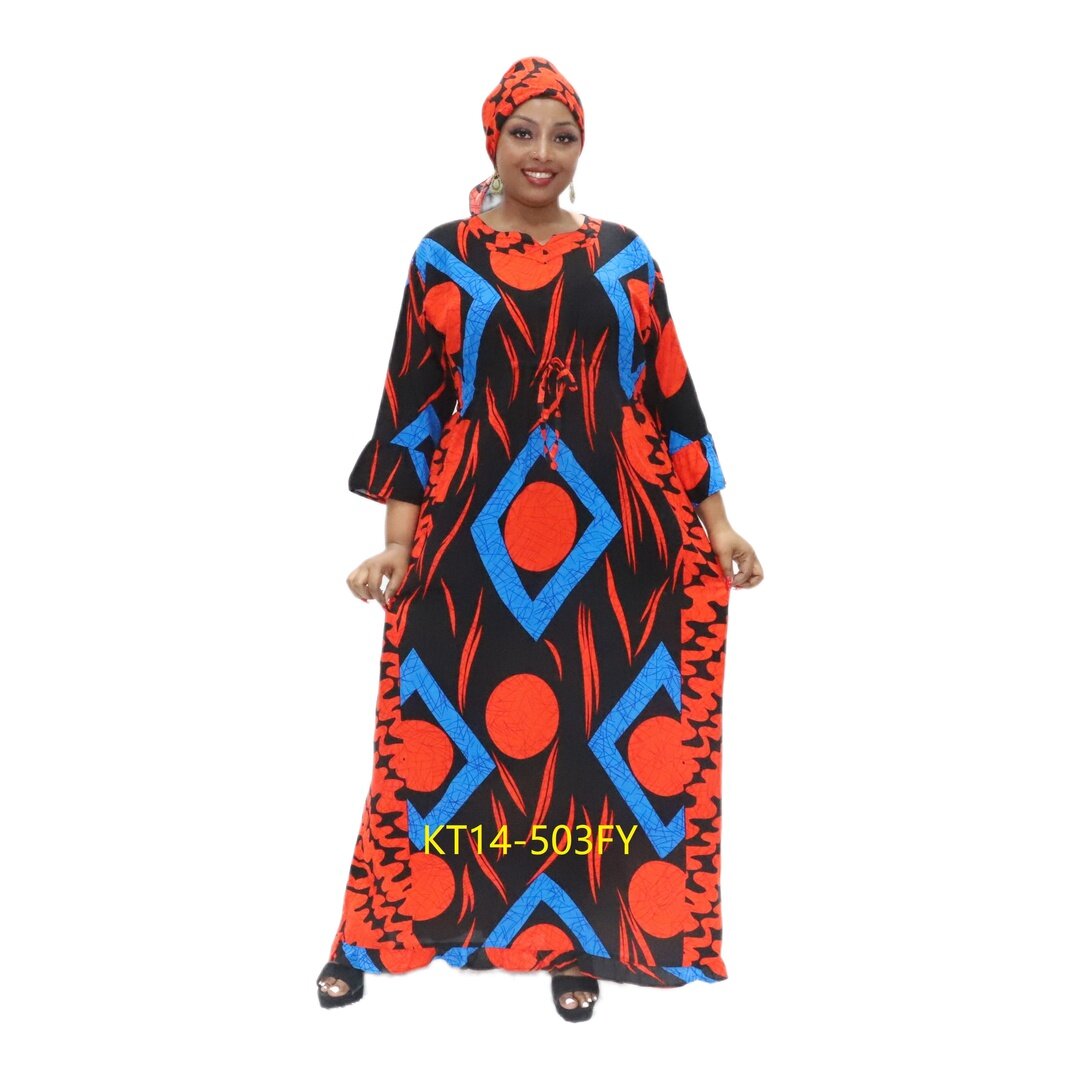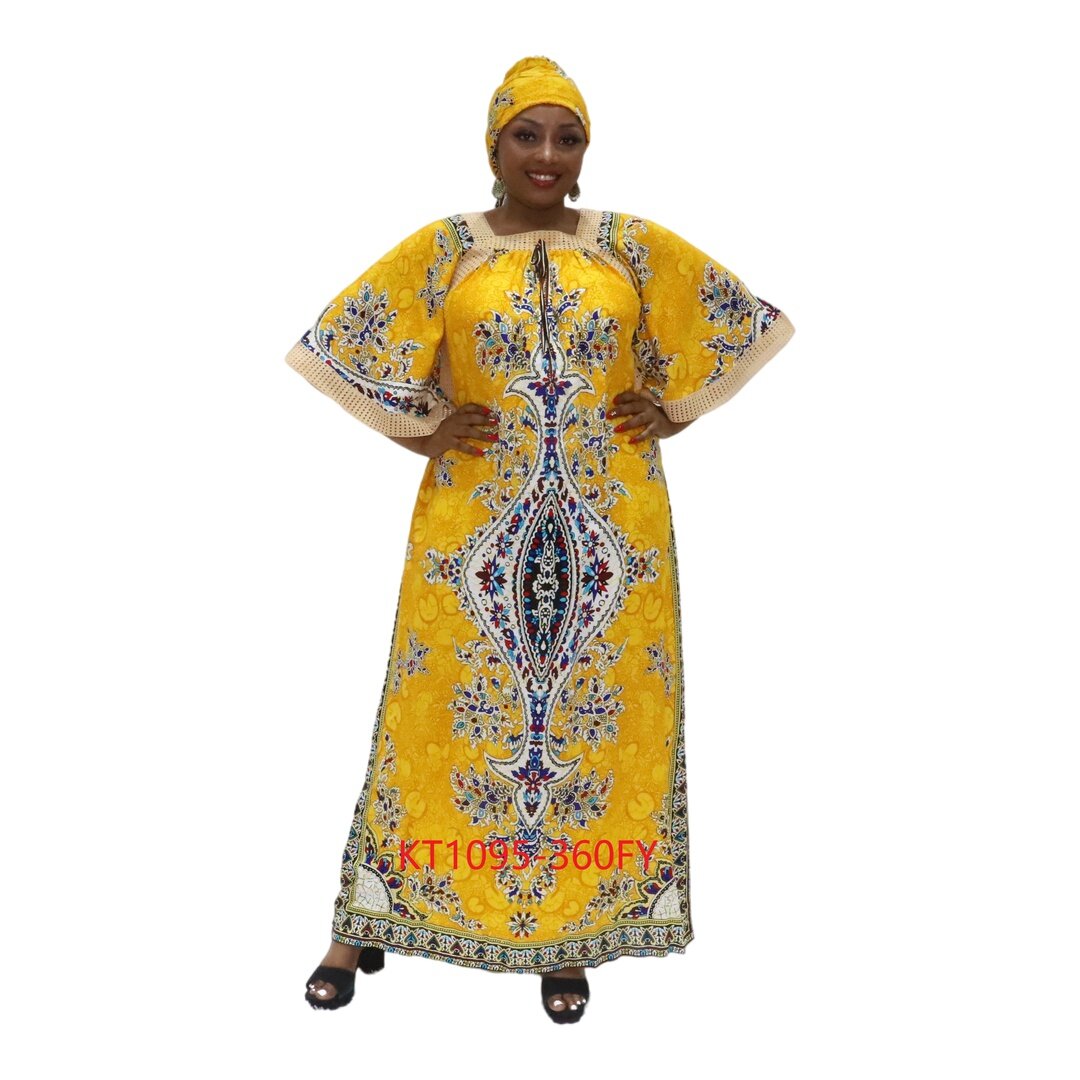Email format error
Email cannot be empty
Email already exists
6-20 characters(letters plus numbers only)
The password is inconsistent
Email format error
Email cannot be empty
Email does not exist
6-20 characters(letters plus numbers only)
The password is inconsistent

Wholesale Red and blue animal peacock print fashion dresses for sale
Rayon is a fiber derived from cellulose. With a low cost and ease of use, rayon can mimic the appearance and texture of natural fibers such as cotton, linen, and silk. There are many types of rayon including viscose fibers, modal fibers, and Lyocell fibers.
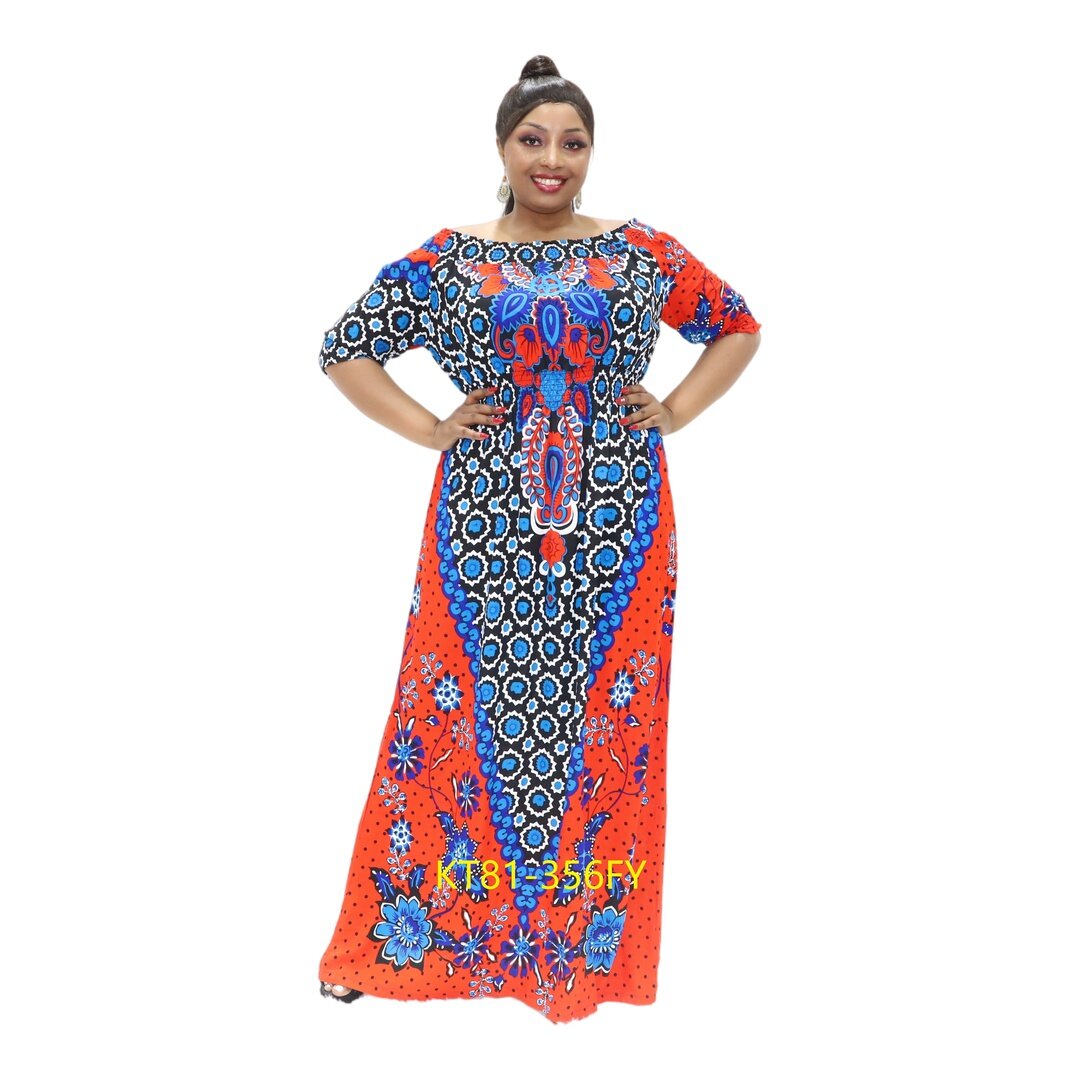
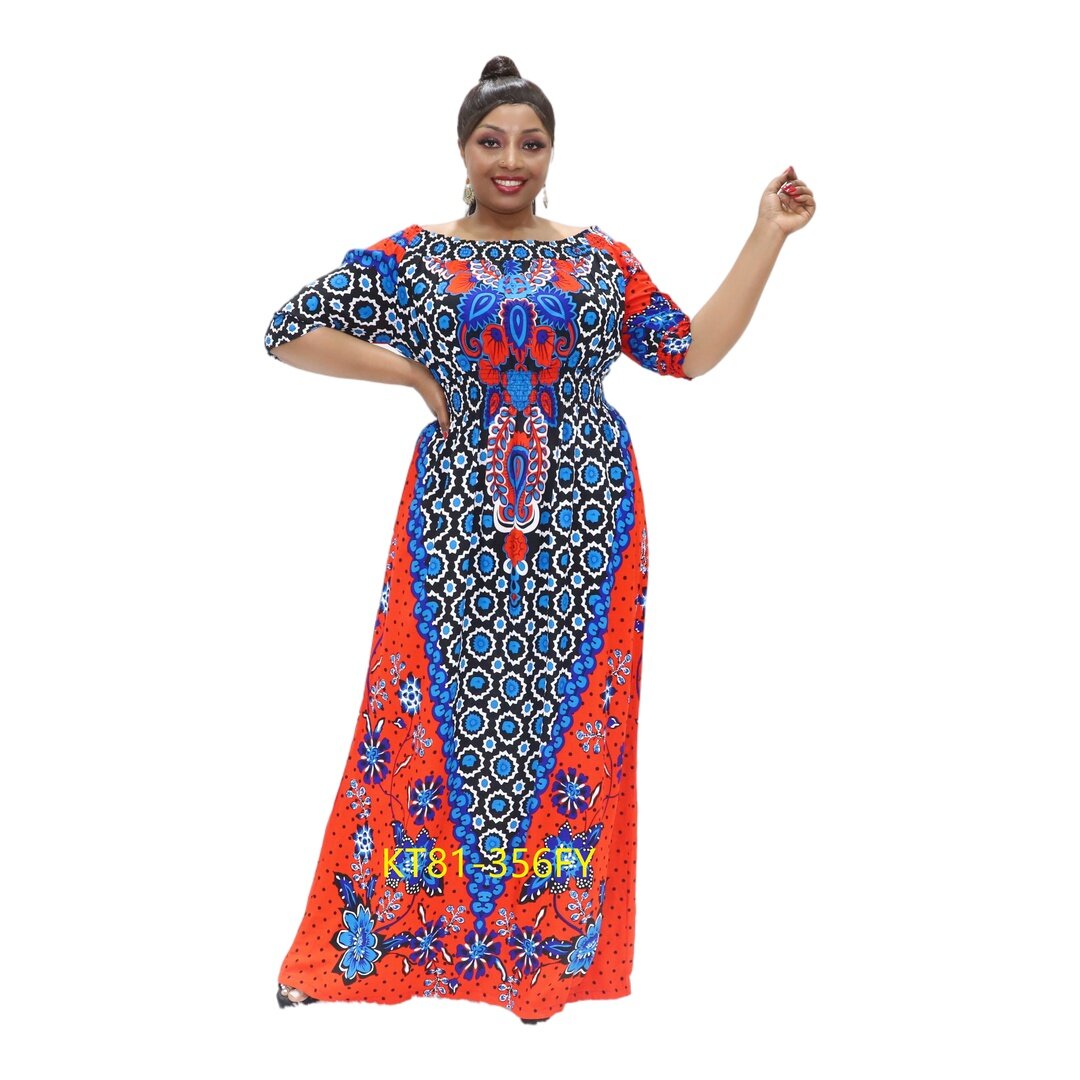


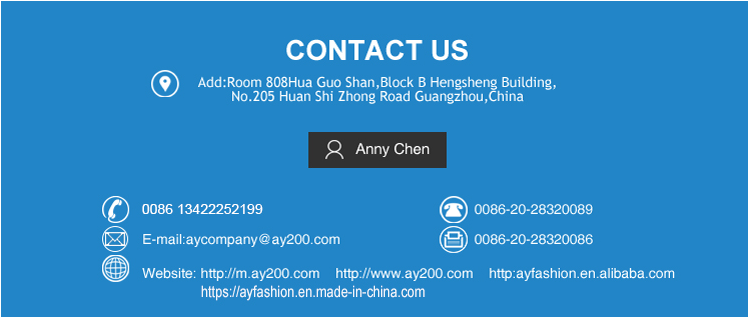
Product Description
Rayon is a natural material made from cellulose in wood pulp or cotton. It is a low-cost and convenient optical fiber, which can be widely used for various purposes. There are several grades of rayon that can mimic the appearance and texture of other natural fibers, such as cotton, linen, and silk. The different types of rayon include viscose fibers, modal fibers, and Lyocell fibers.
Selection Tips
The rayon is shiny and bright, and it feels cool. When it is clenched by hand, it is loosened. There are many wrinkles, and there are still wrinkles after it is flattened. When the cloth is pulled out, it is wet rubbed with the tongue end. The rayon is straight and easy to break and break. The elasticity is different when dry or wet.
Silk has soft luster, soft hand feel and fine texture. Rubbing each other can make a special sound, commonly known as "silk sound" or "silk sound". When you grip it with your hands, you can let it go with less wrinkles and no obvious wrinkles. Silk products have the same dry and wet elasticity. Polyester silk has strong reflectivity, high stiffness, rapid rebound, stiffness, good wrinkle resistance, strong strength, and is not easy to break.
Cleaning Tips
1.Due to its large shrinkage rate and low wet strength, it should be soaked at the same time when washing, instead of soaking for a long time. Viscose fabric will harden when it meets water, so it should be washed gently to avoid fuzzing or cracking. Use neutral detergent or low alkali detergent. The temperature of washing solution shall not exceed 45 ℃. After washing, fold the clothes and squeeze out the water. Don't twist them. After washing, do not expose it to the sun. It should be dried in a cool or ventilated place. When purchasing cloth, it should be about 10% longer than the demand of ordinary cotton cloth, and should shrink before cutting.
2.Change and wash frequently to prevent deformation after long wear. Rub and wash gently when washing, and do not use a board brush to avoid fuzzing. After washing, squeeze the water and do not twist it to prevent wrinkles; It should be washed while soaking and wring at any time. If it is soaked for a long time, its strength will be affected; Because of its poor sunlight resistance, exposure will make it fade and reduce its strength, so it should be dried in the shade in a ventilated place. Drying with water can also reduce wrinkles of clothes.
3.It is better to iron when it is half dry, and the temperature should not exceed 100 ℃. If it is dry, you can iron the clothes with a wet cloth or spray some water. When ironing, push and pull less to make the clothes stretch and align naturally.

